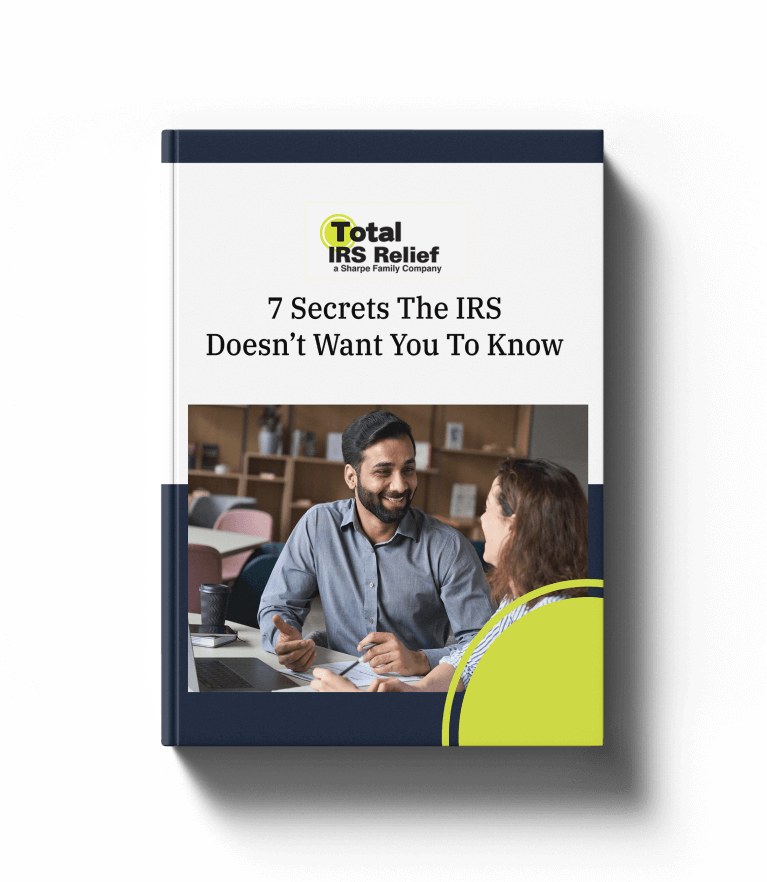
When the IRS says you owe more than $10,000, it’s not just a number—it’s a red flag. At this level of tax debt, you’re at much greater risk of enforced collection actions such as wage garnishments, bank levies, and federal tax liens. The longer the debt remains unresolved, the more costly and complicated things can get. But there’s good news: the IRS has established programs to help taxpayers like you, and with the right steps, you can resolve your tax issue and move forward.
Step 1: Read Every IRS Notice Carefully
The IRS doesn’t move straight to enforcement. First, they send letters. Each notice contains vital information about your balance, your rights, and upcoming deadlines. If you’ve received a Final Notice of Intent to Levy (LT11 or CP504), enforcement could be just days away. Open all correspondence and act quickly.
Step 2: Request Your IRS Account Transcript
Before you can fix the problem, you need to understand it. An IRS transcript outlines:
- The years for which you owe taxes
- The total balance due, broken down by tax, penalties, and interest
- Any enforcement actions that may have already started
With this document, you’ll be able to build a tailored resolution strategy or work more efficiently with a tax professional.
Step 3: Know Your Options for Relief
The IRS offers several programs to help taxpayers manage or reduce their debt. Depending on your situation, you may qualify for:
Installment Agreement – Set up a monthly payment plan to pay off your debt gradually.
Offer in Compromise (OIC) – If paying the full amount would cause financial hardship, you may be able to settle your debt for less.
Currently Not Collectible (CNC) – If you have no means to pay, the IRS may temporarily halt collection activities.
Penalty Abatement – If your situation involved circumstances beyond your control, such as illness or a natural disaster, you may qualify for a reduction in penalties.
Choosing the right option requires a full understanding of both your finances and IRS requirements.
Step 4: Avoid Quick Fixes That Backfire
It’s easy to panic when facing the IRS. But rash decisions often make things worse. Be cautious not to:
- Pay with a high-interest credit card, adding new debt to old
- Enter into an installment plan you can’t actually afford
- Submit an OIC without proper documentation
- Miss tax filings while trying to fix old debt
Every move should be part of a larger, well-thought-out strategy.
Step 5: Work With a Tax Resolution Professional
Owing more than $10,000 in taxes is not something to face alone. A seasoned tax resolution expert can:
- Analyze your full financial situation
- Match you with the best IRS relief option
- Prepare and submit all paperwork accurately
- Represent you in IRS negotiations
- Help lift levies or prevent garnishments
If your IRS debt has climbed above $10,000, Total IRS Relief is here to help. Our team specializes in resolving serious tax problems quickly and effectively. Call now for a free consultation and let’s create a plan that brings you real peace of mind.
Enter your contact information to schedule your FREE one-on-one consultation. Our tax experts will get back to you as soon as possible.

